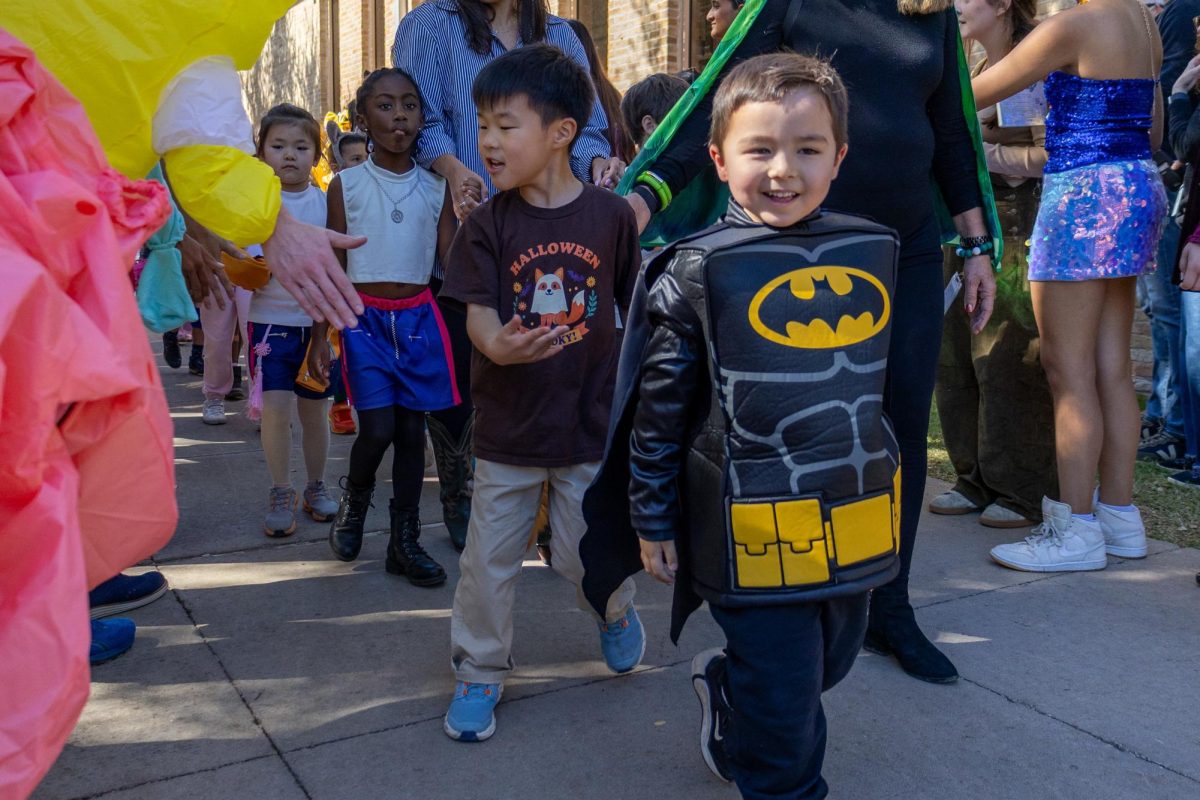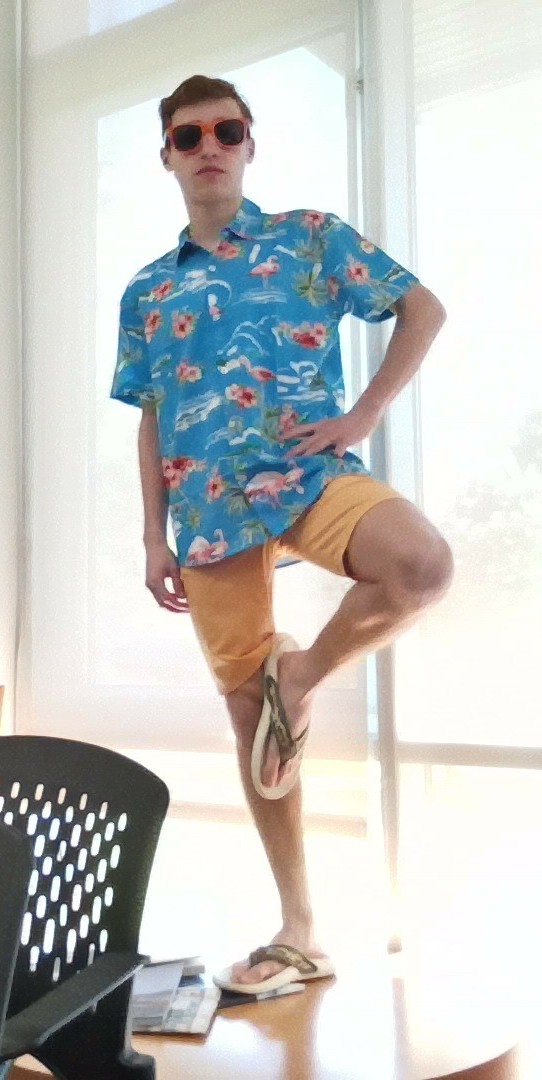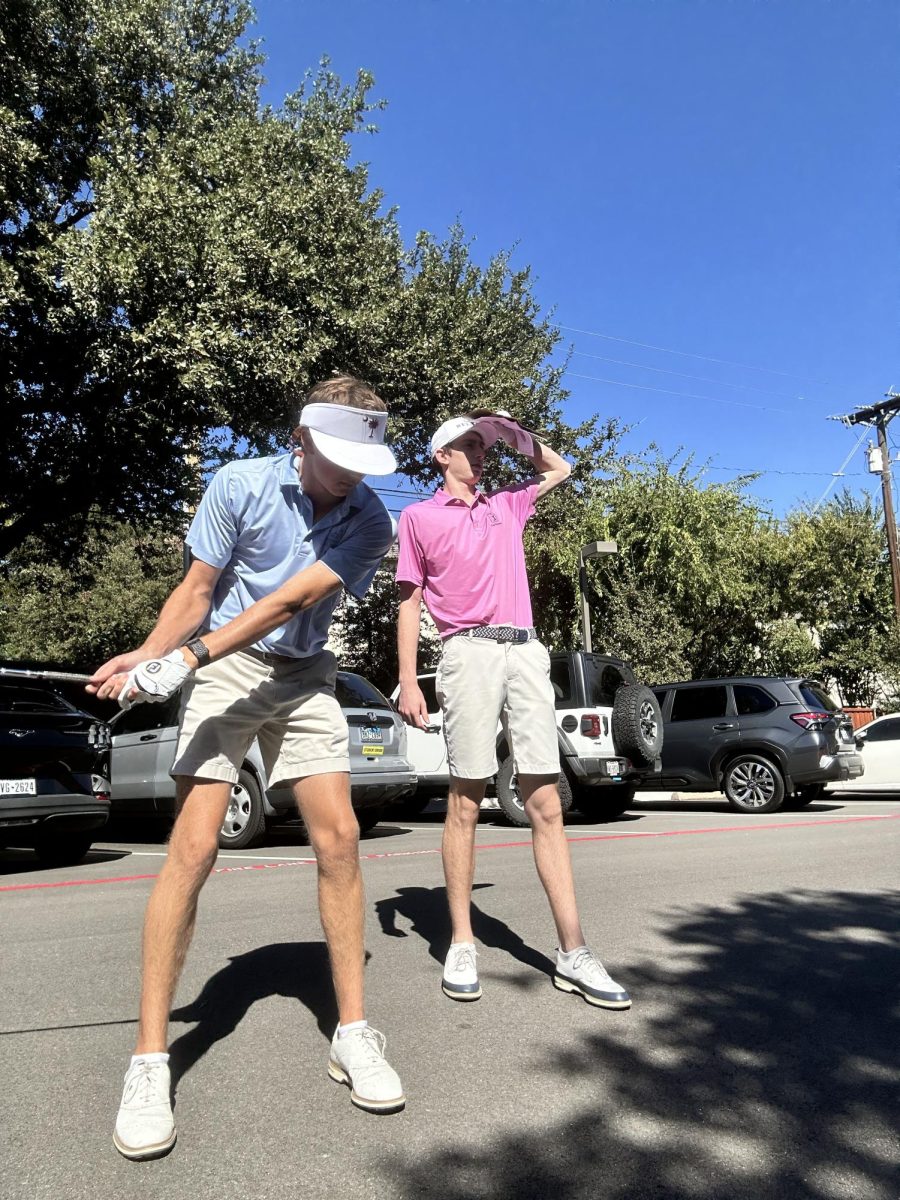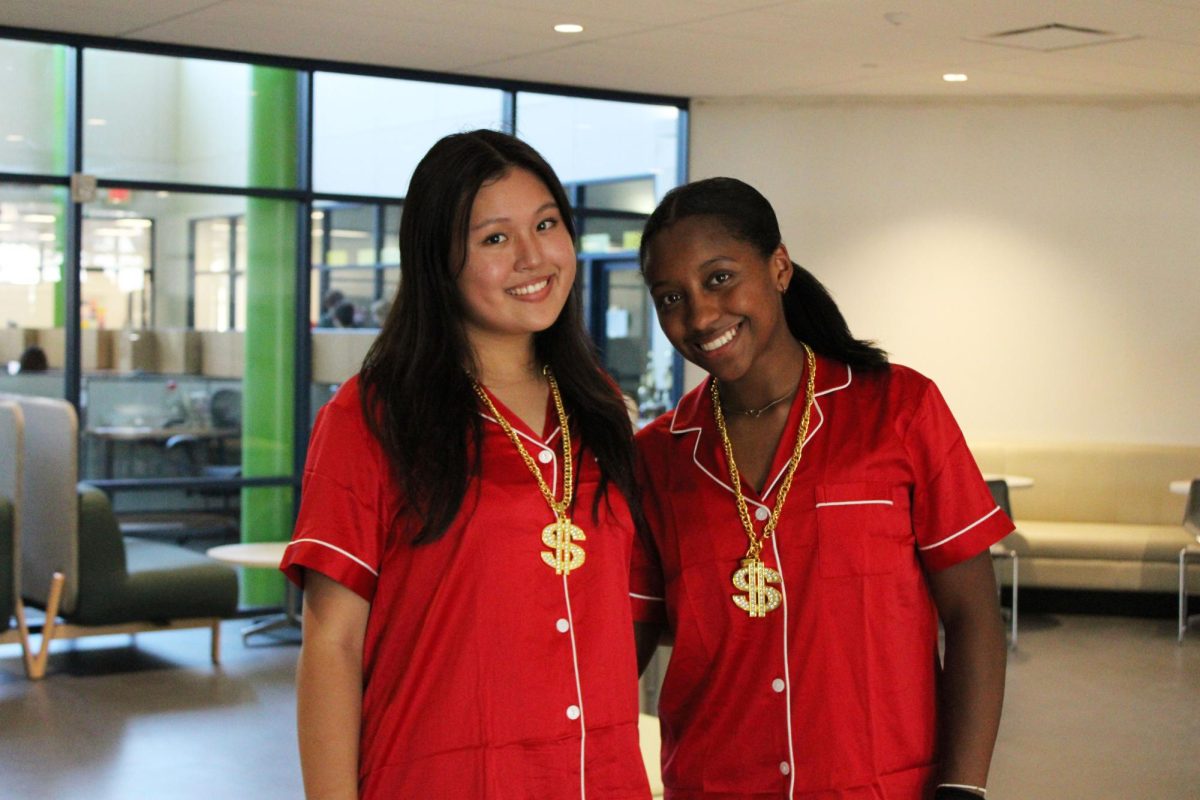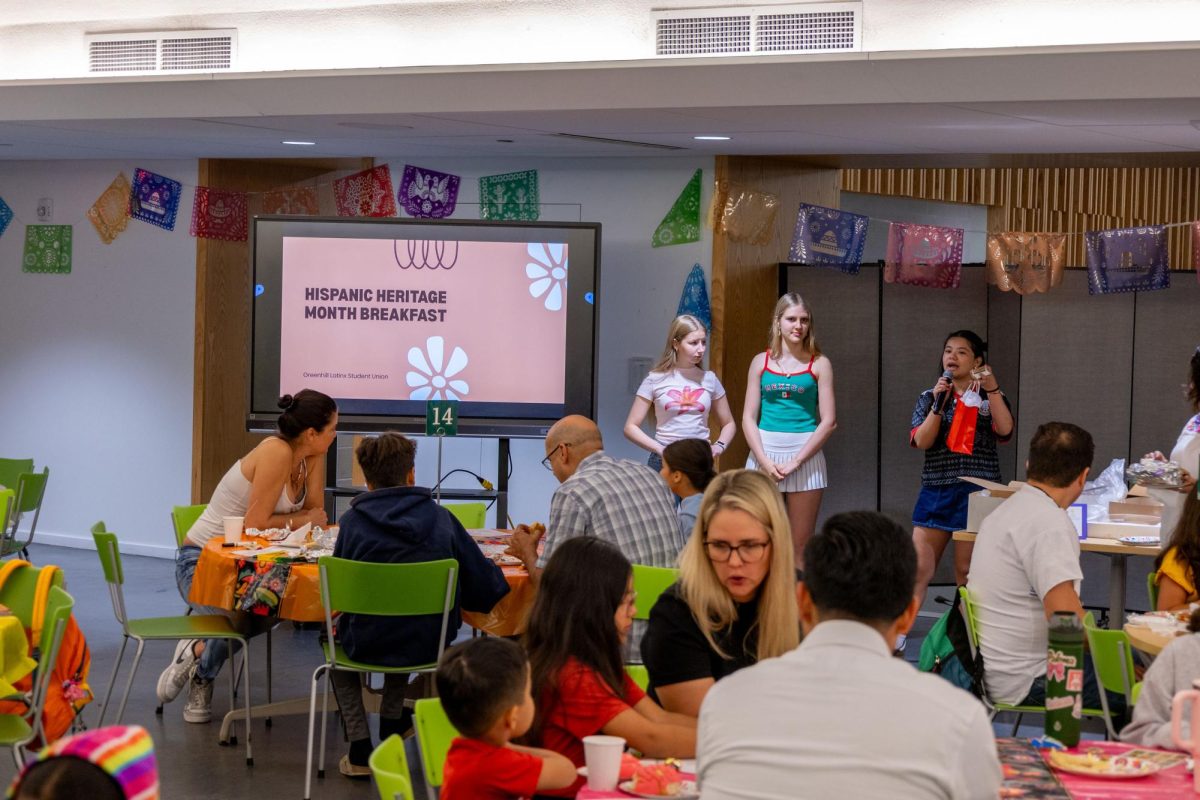In the runup to the 2024 U.S. presidential election, Upper School History Department Chair Amy Bresie ’96, Upper School history teacher Scott Cotton and Director of Academics Jason Yaffe introduced a set of seminars to help students better understand the election.
Spread across three months with one session per month, each seminar built on the next. This way, students could learn about all aspects of the election.
The first seminar on Sept. 25 gave an overview of the election process, the second on Oct. 16 went over major policy issues and the third on Nov. 1 covered what would happen on Election Day.
“Overall, we’re just trying to educate them on everything regarding the election,” Cotton said. “So, we went in the order of process, policies and then polling or interpreting election results to try and meet [students’] needs.”
Purpose
Bresie says that she saw the need for these sessions based on conversations she’s had with students.
“Just talking to students, it was clear that students were interested in the election, but they were sometimes missing big pieces of information,” said Bresie. “Some of the questions that we were getting asked in class led us to believe that maybe we should talk about how everything works.”
For Cotton, this is especially true since the election is in the first semester, meaning three-fourths of Upper School students have yet to take a proper government course.
“We sort of realized that most students here haven’t taken government yet, and they may not understand how election night is going to go,” Cotton said. “We’re trying to hit a wide audience, but we’re specifically thinking about those students who just don’t know much about the process.”
Structure of Seminars
For each of these sessions, Bresie and Cotton opted for a question-and-answer format over having guest speakers or presentations, which they have tried in the past.
“I think people genuinely have questions, and especially around election time everybody thinks they know things, but they don’t really know,” said Bresie. “I think providing a space for people to ask honest questions and receive honest answers is valuable, and I think there’s real value in letting someone ask a question that they might not feel comfortable asking in another setting.”
Instead of just presenting information, the teachers asked the students what they knew. They then filled in important gaps of knowledge, according to sophomore Paylin Barnes, who attended the first session.
For some students, including Barnes, this format was a more digestible way of learning this new information.
“I think the Q&A format was really the best way to do it, and it felt more like a conversation rather than them just talking at us,” said Barnes.
However, since the sessions built on each other, it was best for students to attend all three sessions to not feel lost or lacking information.
“I think people should attend these to learn more about their country, but I feel like [since] these sessions build on each other, they might be confused about topics discussed in later discussions,” sophomore Geneva Smith Kuzmich wrote in a short survey sent out by the Evergreen to attendees.
Takeaways
After attending the first session, sophomore Charlotte Faems says she gained a better understanding of how the election proceeded.
“I’m in tune with what’s going on, but there’s always been a bit of a gray spot with understanding how things work, and I don’t really know how a lot of it works,” Faems said. “I think that having somewhere that we could go to learn more about it was a really nice opportunity.”
As sessions moved toward discussing policies and candidates, the potential for inserting personal bias into these instructive sessions increased. Bresie says that they made sure everything presented was fact-based so students could form their own opinions.
“It’s easier in some cases than in others, but if someone asks a question, I really try to respond with a factual answer,” Bresie said. “Most of the questions I’m asked about policies and such are really asked from the point of view of someone genuinely wanting an answer, so I try to keep that spirit and give them the information they need to make their own decision.”
Similar to what Bresie said, some students had questions about specific voter patterns that they wanted to understand better, which led them to attend the second Q&A session.
“I saw the news about Latino voters trending towards Trump, which caught my eye considering Trump’s clear stance against immigrants and outward racist rhetoric,” sophomore Sidrah Tarpeh wrote. “It was interesting to me, and I wanted to know more, so I went for some answers.”
Along with the Q&A, Bresie and Cotton supplemented the sessions with infographics to make the information easier to process.
“I felt like I learned what I wanted to know, and they were very in-depth, showed many graphs and explained any questions that people had,” Smith Kuzmich wrote. “There’s more to be learned, of course, but I have a basic understanding of this upcoming election and U.S. elections as a whole.”
As Bresie sees it, it’s important for students to understand how the system works as they get older and become eligible to vote, so they can get more involved in the process. By hosting these sessions, she says that she hopes students will be able to be more proactive political members of their communities.
“I think if we want to build a group of people who care about issues and politics, we start with the basic building blocks and we get people involved,” Bresie said. “There are a lot of things that happen in high school that push politics down the ladder, and we want to make sure that it’s at the top.”


